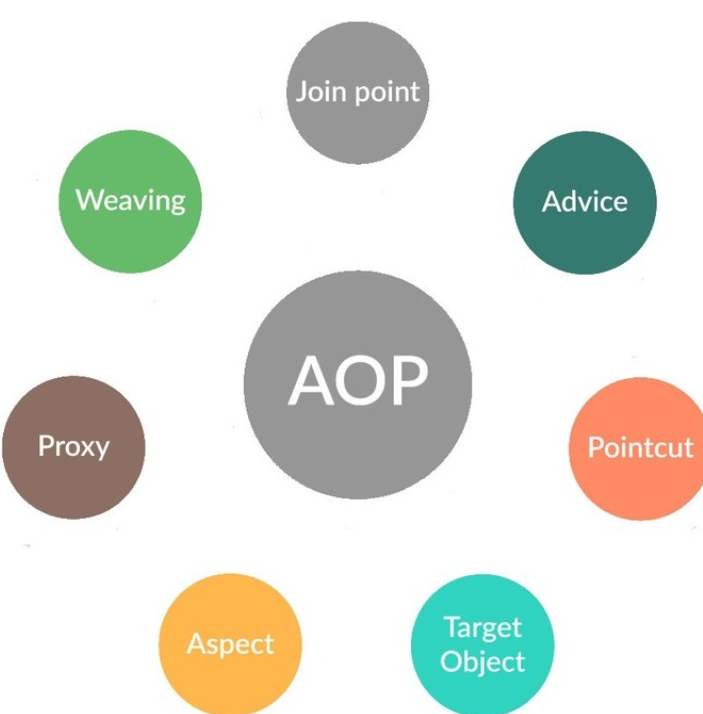Aspect-Oriented Programming (AOP) is an approach used in software engineering to help manage complex code by separating different concerns or tasks that cross-cut multiple parts of the program. Let’s break down what this means:
- Concerns and Cross-Cutting:
- Concerns: In programming, concerns are different tasks or responsibilities that our software needs to handle, like logging, security, error handling, or performance monitoring.
- Cross-Cutting: When a concern affects multiple parts of our program, it’s called cross-cutting. For example, logging might be needed across different functions or modules.
- Traditional Programming Challenges:
- In traditional programming, concerns are often mixed together with the main business logic. For instance, logging statements might be scattered throughout different functions.
- This mixing makes the code harder to understand, maintain, and change, especially as the software grows.
- How AOP Helps:
- AOP provides a way to separate these cross-cutting concerns from the main business logic.
- It allows us to define aspects, which are separate modules that encapsulate these cross-cutting concerns.
- Key Concepts of AOP:
- Aspect: An aspect is a module that encapsulates a cross-cutting concern, like logging or error handling.
- Join Point: This is a specific point in the execution of a program, such as method calls or variable assignments.
- Advice: This is the action taken by an aspect at a particular join point. For example, logging an entry before a method executes is advice.
- Pointcut: A pointcut specifies which join points in the program should be affected by the advice.
- Example of AOP:
- Let’s say we want to add logging to all methods in our application. With AOP:
- We define a logging aspect that specifies the advice (e.g., print a message) and the pointcut (e.g., before each method execution).
- We then apply this aspect to our program. The AOP framework automatically weaves this logging advice into the specified join points (method executions).
- Let’s say we want to add logging to all methods in our application. With AOP:
- Benefits of AOP:
- Modularity: AOP promotes cleaner, more modular code by separating concerns.
- Reusability: Aspects can be reused across different parts of the program.
- Maintainability: Code becomes easier to understand and maintain, as concerns are isolated and managed independently.
- Scalability: AOP helps manage complexity in large software systems by allowing developers to focus on specific concerns without impacting the entire codebase.
In summary, Aspect-Oriented Programming helps manage complexity in software engineering by allowing developers to separate and manage cross-cutting concerns separately from the main business logic. This improves code modularity, reusability, and maintainability.

